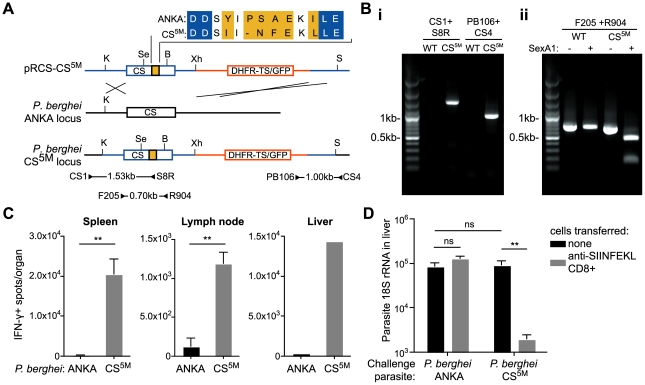Figure 1. Generation of P. berghei CS5M parasites.
A. Scheme of the strategy used for gene targeting of the replacement CS5M molecule. Location of primers used for PCR verification of recombination is given below (primer sequences given in Table S1). Restriction sites are K – KpnI; Se – SexAI; Bs – BsmF1; X – XhoI; S – SacI. B. Verification of clones – i. genomic DNA from cloned parasites was amplified with the primers CS1 and S8R (giving a 1526 bp product) to verify recombination at the 5′ end, and the primers CS4 and PB106 (giving a 1001 bp product) to verify recombination at the 3′ end, genomic DNA from P. berghei ANKA was used as a control. ii. To verify that the parasite population was clonal, genomic DNA was amplified within the CS sequence with the primers F205 and R904 to give a 699 bp product. The PCR product was then digested with SexA1, which cuts in the P. berghei CS5M product, but not the P. berghei ANKA product, to yield fragments of 510 and 186 bp. C. C57Bl/6 mice were immunized i.d. in the right ear with 5×104 irradiated P. berghei ANKA or P. berghei CS5M parasites. 10 days later the SIINFEKL-specific immune response in the spleen, draining lymph nodes and liver (pooled) was determined by ELISPOT (mean ± SEM; n = 3, data from one of 3 similar experiments; ** = P<0.01). D. C57Bl/6 mice received 2×106 SIINFEKL-specific effector CD8+ T cells 3 hours prior to challenge with 5×103 P. berghei ANKA or P. berghei CS5M sporozoites (grey bars); control mice did not receive effector cells (black bars). 40 hours later livers were taken and parasite rRNA concentration determined by real-time PCR (mean ± SEM; n = 4, data from one of 2 similar experiments, ns = not significant).

